Traditionally in Australia, the family farm has been passed on to the next generation. But…
Drought recovery funds start to flow
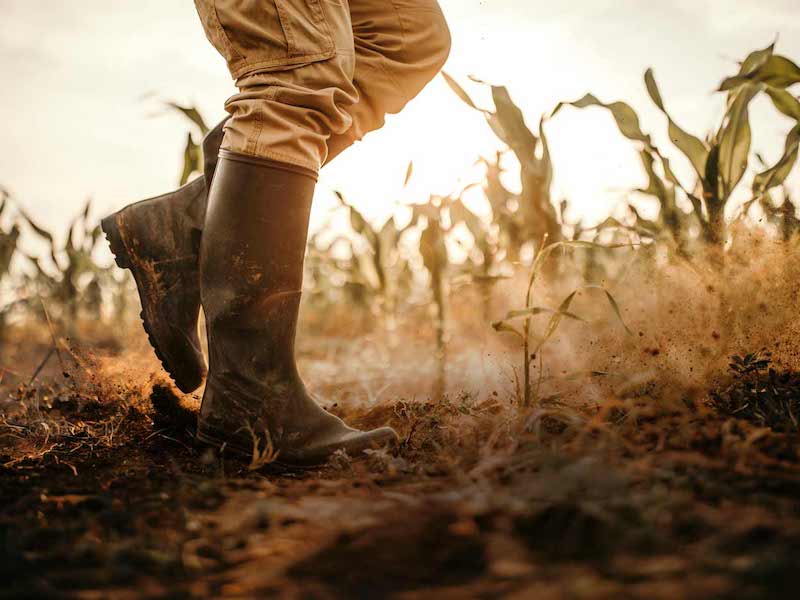
NSW Farmers has welcomed the first batch of Future Drought Fund projects but says the programs which are designed to make farmers more financially savvy must be �fit for purpose� and tailored for individual farmers.
In a more immediate boost for farmers, the NSW government said it would spend a further $330 million on drought recovery, including 50 per cent freight rebates for farmers to restock or replant and a doubling of interest-free loans.
NSW Farmers’ President James Jackson welcomed both announcements, adding the commitment by NSW Agriculture Minister Adam Marshall would bring immediate relief for farmers.
He said it is expected to be another six to 12 months before farms decimated by drought will begin to see a return to profit so support was critical at this time.
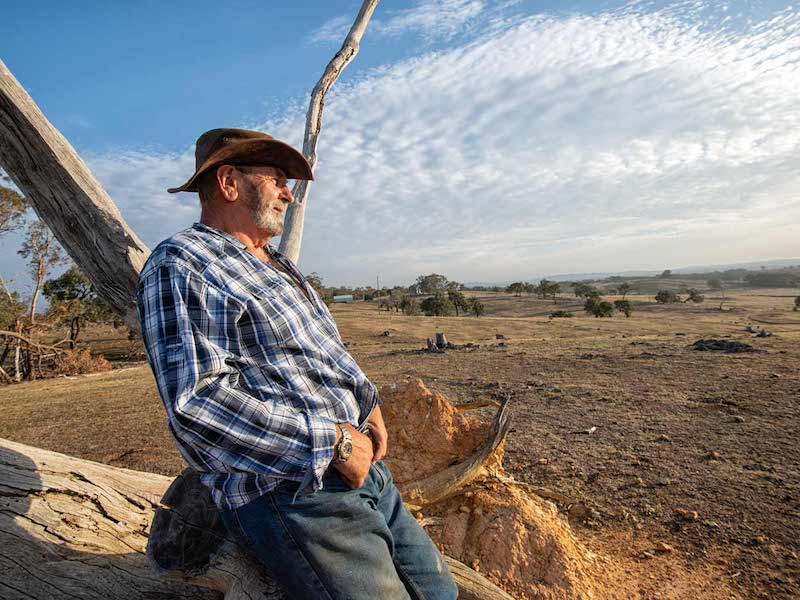
�Expanding the drought transport subsidy to cover 50 per cent of transport costs for re-stocking is a win for farmers and is a positive and welcome response from Agriculture Minister Adam Marshall to NSW Farmers� advocacy in this space,� Mr Jackson says.
“Many farmers will have de-stocked as the drought deepened or faced increased costs for keeping livestock. As the drought has been so widespread, the costs of transport are also significantly higher.
�The rebuild effort of farmers with limited cash flow will be aided by the doubling of the interest free Drought Assistance Fund loans from $50,000 to $100,000. Farmers may, however, be cautious taking on additional debt, despite long-term forecasts looking positive.�
Future Drought Fund
The $5 billion Future Drought Fund was created in October last year and each year $100 million is allocated to projects to help farmers and regional communities withstand drought.
NSW Farmers supports the projects but is also urging the federal government to further fund the Emergency Water Infrastructure Rebate which it says was delivering ‘real outcomes’ for farmers who were being proactive in preparing for drought.
“While NSW Farmers welcomes the opening of the Future Drought Fund, we also call on the Australian government to commit additional funds to continue the Emergency Water Infrastructure Rebate,” Mr Jackson says.
The EWIR was set up by the Commonwealth Government and provided rebates of up to $25,000 to help farmers pay for new water infrastructure, such as the installation of pipes, water storage and water pumps, to help with livestock.
It was expected to run until June 2021 but applications for assistance closed on May 14, 2020 as funding had been exhausted.
High and dry
Austin McLennan is one NSW farmer that found himself caught out when the EWIR was discontinued.
Mr McLennan had invested $50,000 to drought-proof his family farm at Connen Hill in Goulburn by de-silting dams, installing pumps and increasing the number of water troughs.
He was expecting a $12,500 rebate when he submitted his invoices but was shocked to learn the rebate that was supposed to run until June 2021 had been halted meaning he would receive nothing.
“In the middle of the drought we did not have the time to apply for it as we were feeding and watering livestock,” Mr McLennan told The Land.
“The day the federal government announced that the funding was being pulled, the Rural Assistance Authority (RAA) had on their website that there was still 14 months left to apply for the funding.
“We had a total of $50,000 we intended to claim on, which would have given us a $12,500 rebate.”
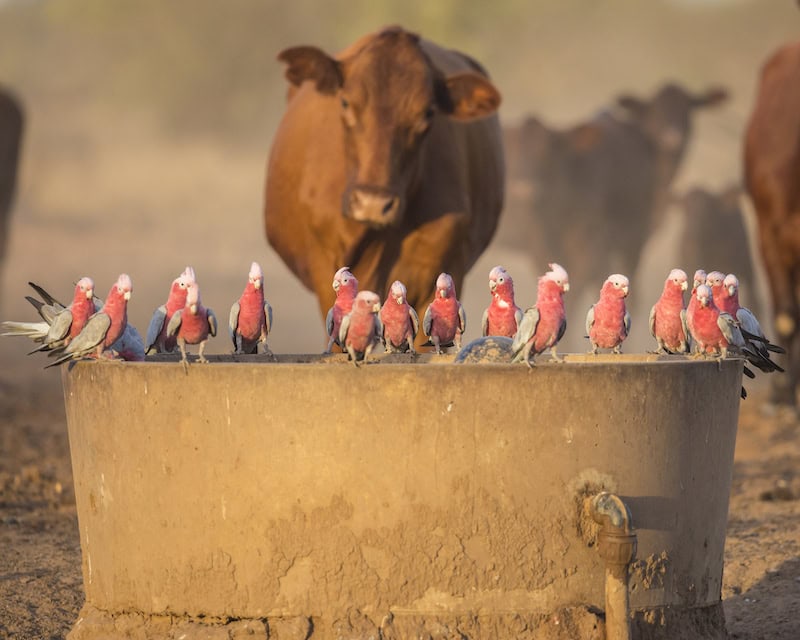
This returns 25 per cent of costs of water infrastructure installed on farms, paid for by the farmer, and has delivered real outcomes for drought management and resilience.
NSW Farmers’ President James Jackson
Mr Jackson also commented on the time it will take for the Drought Future Fund projects to become available.
“Many of these projects are not scheduled to commence for 12 months, but work with individuals, communities and farm businesses needs to commence now,” he said.
“The outlook for the future is uncertain, so the fund must be accessible to support both short term and longer term drought planning and on-farm risk management.
“NSW Farmers recognises the value of the Rural Financial Counselling Service, which has provided critical support for farmers as they manage through drought conditions. Programs that build management and planning must complement and extend this existing program.
�We also welcome the $15 million Natural Resource Management Drought Resilience program that will provide grants to farming groups and individuals to reduce soil erosion and improve water filtration and moisture storage capacity.�
Milestone day
National Farmers’ Federation President Fiona Simson said the official start of the Future Drought Fund was a milestone day in the nation’s approach to drought policy.
“The NFF and our members have continued to call on governments at all levels to recognise drought as an ever-present challenge, even during seasonally good years.
“For too long, as a country, we have been reactive towards drought. The activation of the Future Drought Fund is an important milestone in Australia’s approach to drought,” Ms Simson said.
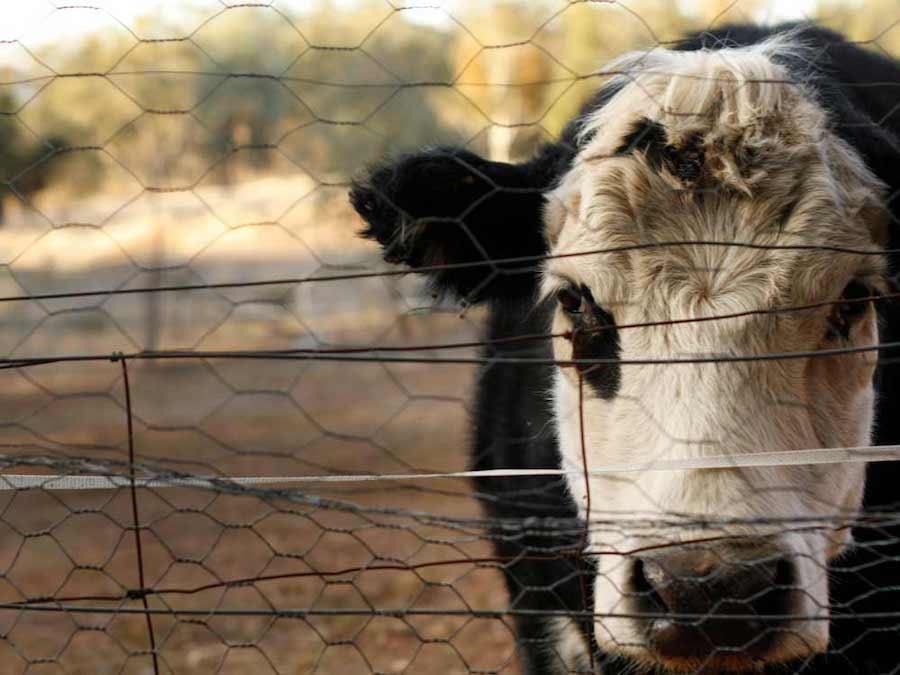
One of the key projects for 2020 is a $20 million Farm Business Resilience program which will provide training to strengthen farm business management skills and develop a business plan to build risk management capacity and drought resilience.
A digital �climate information service� will also be developed for $10 million which is designed to help farmers make real-time decisions.
Other projects include:
- $3 million for a Drought Resilience Self-Assessment Tool – an online tool which enables farmers to self-identify drought risk based on social, economic and environmental indicators;
- $20.3 million Drought Resilience Research and Adoption Program – involves the establishment of two regional Drought Resilience Adoption and Innovation Hubs. Innovation grants for research organisations, private sector, industry, not-for-profit organisations and community groups also included;
- $15 million Natural Resource Management Drought Resilience Program – funds NRM bodies to undertake projects to build drought resilience of natural resources on agricultural land;
- $3.75 million Networks for Building Drought Resilience program – for community projects that enhance drought resilience and strengthen networks;
- $7.45 million Drought Resilience Leaders program – develops leadership capabilities in communities, includes mentoring component to foster uptake of innovative practices;
- $10 million Regional Drought Resilience Planning – provides funding to local councils or equivalent entities to develop resilience plans for agriculture and allied industries.


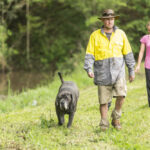
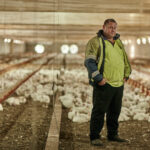


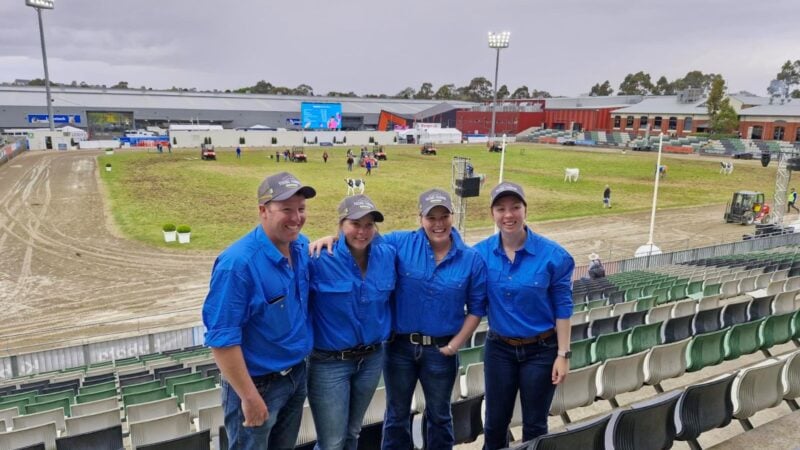
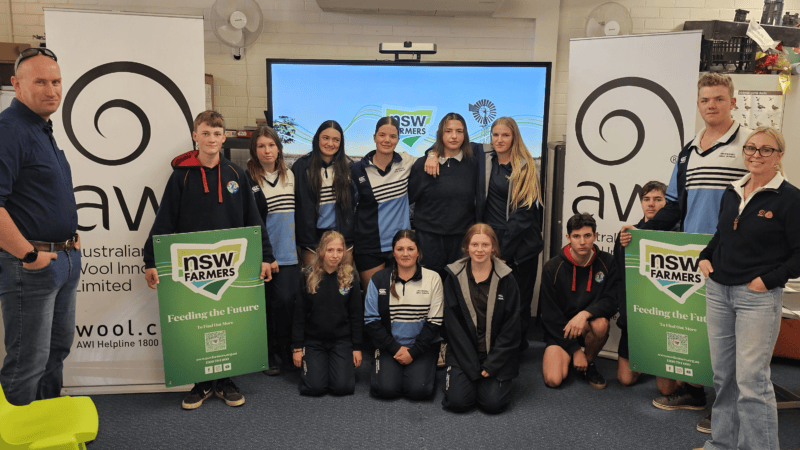

The freight rebate should be back dated to 1st july 2019 to fairly assist those who have started restocking earlier. Every one should be treated on an equal basis.